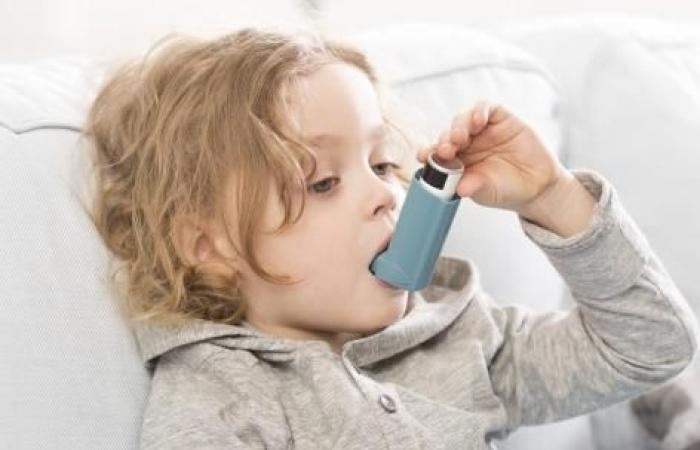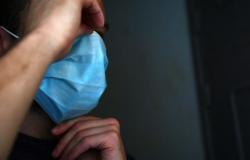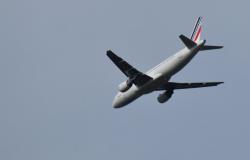THE ESSENTIAL
- At least 10% of school children in France suffer from asthma.
- Genetic predisposition, passive smoking, high levels of air pollution and infections are some of the risk factors for respiratory disease.
- A new study shows that the development and adaptation of the lungs to their environment during the first year of life predicts the risk of developing asthma later.
At least 1 in 10 school children suffer from asthma in France. The risk factors for this respiratory disease are numerous: genetic predisposition, passive smoking, air pollution, infections… Researchers at the University of Basel wanted to know more precisely how these interact together and affect the respiratory system of all -cubs during their first year of life.
They noted that observing the dynamic development of babies’ respiratory symptoms helps assess the risk of asthma later.
Asthma: adaptation of babies’ lungs can predict risk
To better understand the origin of asthma, the Swiss team used health data from two cohorts. This represented 780 healthy infants born in various European countries. The scientists calculated the network of interactions between the different known risk factors for each week of each child’s life. They then compared this information with the appearance of respiratory symptoms in babies such as coughing and wheezing. These elements allowed the researchers to determine how the lungs of children evolved depending on their environment and risk factors.
Result of the analyses: the experts noticed that the adaptation of the lungs was different between children who subsequently developed asthma between two and six years of age and those who did not suffer from it when they started school. And these discrepancies could help identify babies at risk.
“Observing this interaction of risk factors in the context of dynamic development over time is a new way of looking at chronic diseases”emphasizes Professor Urs Frey from the University of Basel and the University Children’s Hospital Basel in a press release.
Baby and lung: AI could help identify asthma risk
The adaptation of a baby’s lungs to its environment over a year is a complex analysis to carry out. Thus, it cannot be used for individual early diagnosis of asthmatic children at the moment, warn the authors. However, they assure that this discovery, detailed in the journal The Lancet Digital Healthopens the door to a new avenue for identifying infants at risk.
“With larger amounts of data and machine learning, it would certainly be conceivable to calculate a risk profile for individual children in the future”explains Professor Frey. One of the expert’s lines of thought is mobile applications. He notes, in fact, that digital health data is relatively easy to collect through smartphones these days.







